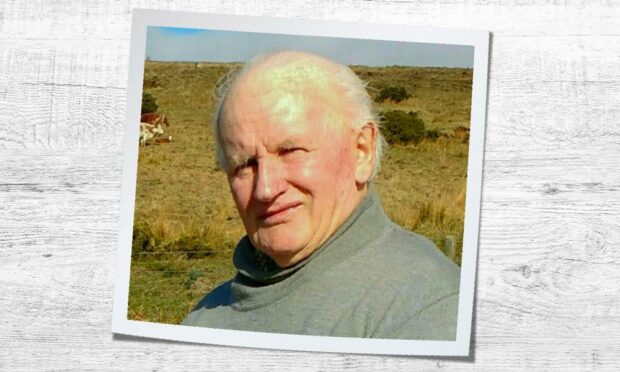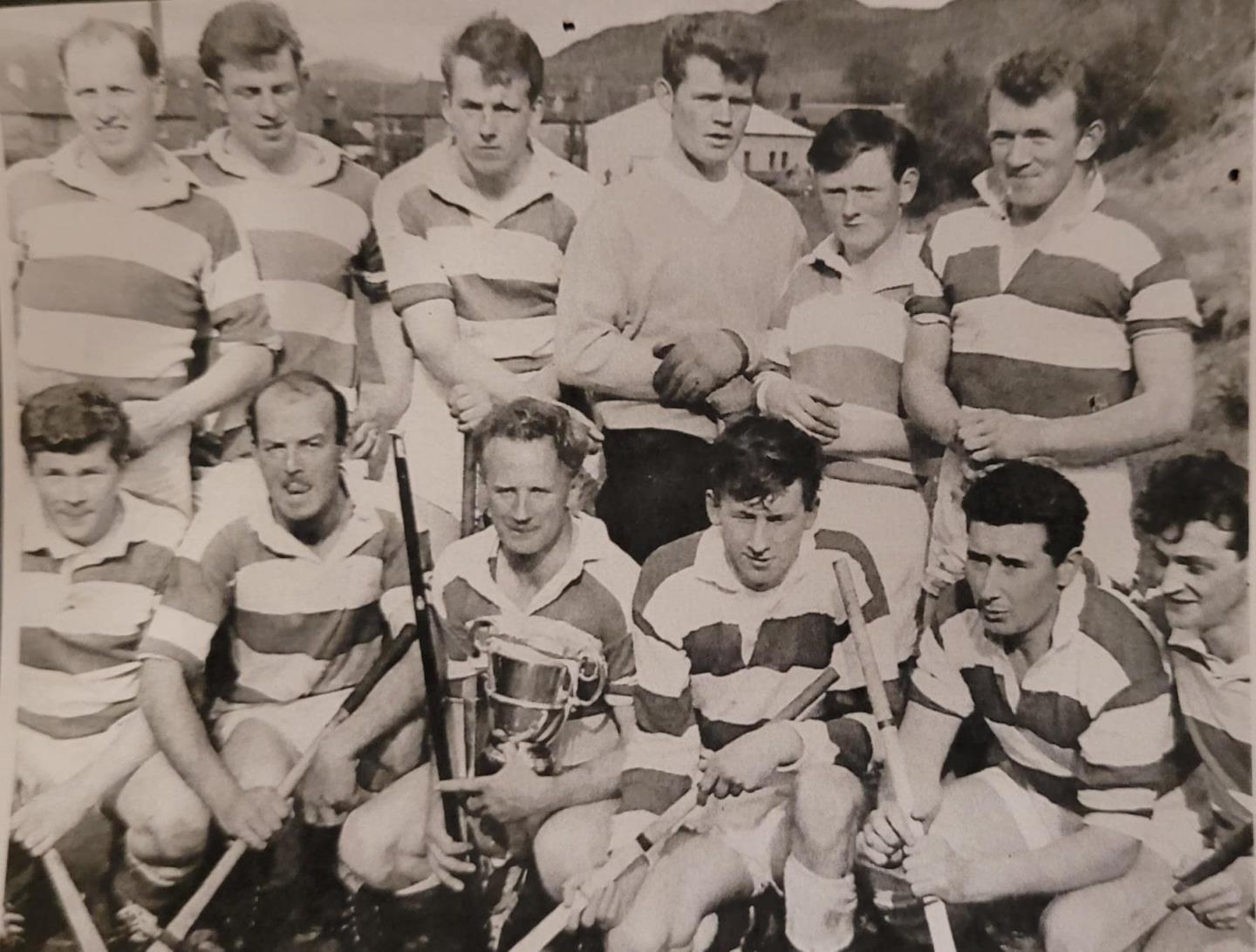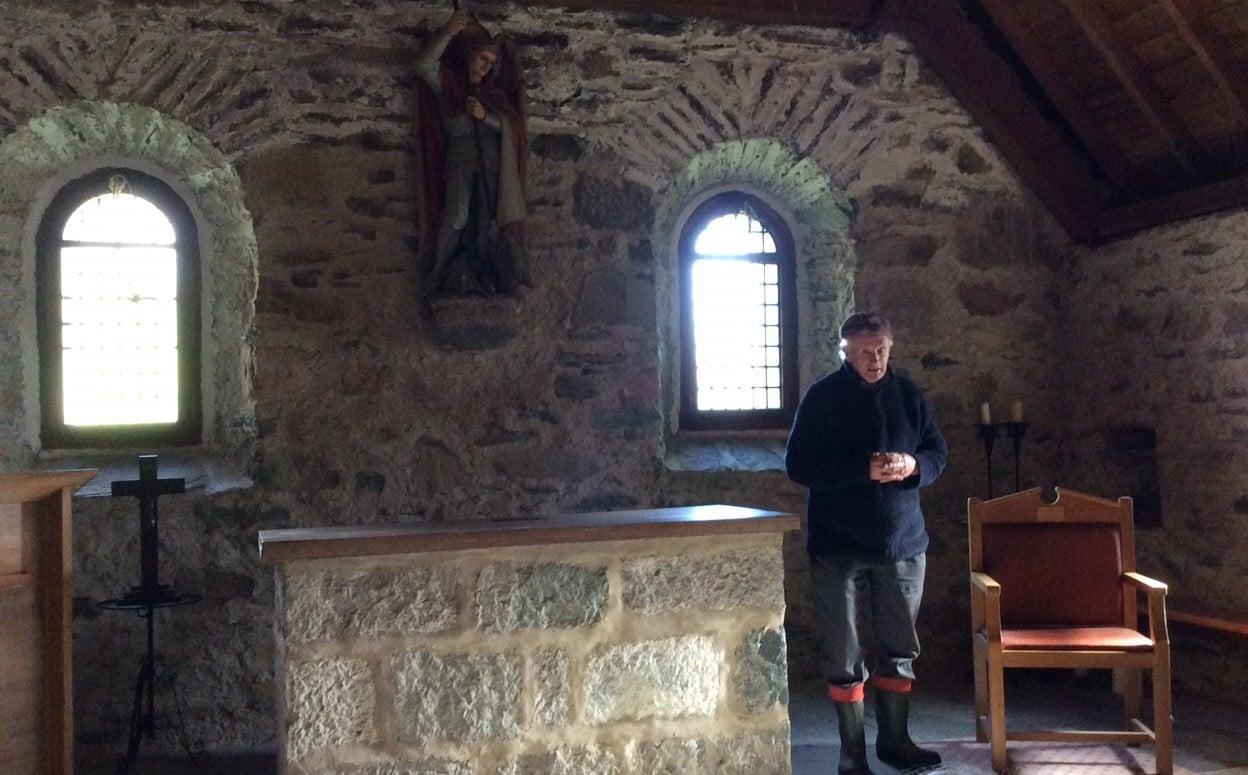Ronnie Campbell, the last drover in the Highlands, has died aged 90.
As a teenager in 1949, he herded sheep from Newtonmore to Lochaber, bringing to a close a centuries-old tradition of long-distance livestock drives.
However, the stories he shared with visitors to his home at Bohuntin, Roy Bridge, kept alive the memories of both sheep and cattle drives.
History
Ronnie, whose Campbell ancestors become pipers to the Macdonald chiefs, bequeathed tales of when cattle from the hill crofts were driven to Falkirk or Carlisle through Crieff.
These were stories he learnt at gatherings as a young man in the oral tradition of the Highlands.
Most of his working life was spent crofting at Roy Bridge and he had a foray into politics, bidding twice to become the MP for Ross, Skye and Lochaber.
He was also an outstanding shinty player. In 1965, Ronnie captained Lochaber to a 3-1 win over Ballachulish in the Sutherland Cup.
Although he was firmly rooted in Roy Bridge, Ronnie’s family had moved to the area from Dalmally before the 1745 uprising.
A piper to the Macdonalds of Keppoch had died and the chiefs heard there was a good Campbell piper at Dalmally.
This man was duly invited to play at clan events and moved north to Lochaber.
Home
Ronnie was born and raised in Bohuntin, Roy Bridge, where he spent his lifetime.
He took immense pride in taking part in the final Highland livestock drive, together with the late Duncan Macdonald.
In winter the sheep were taken off the hills, driven to Newtonmore to meet a train to take them for wintering in Moray.
Each April they would return to Lochaber. In 1949 Ronnie and Duncan travelled to Newtonmore to meet the returning sheep.
Journey
The journey by foot to Roy Bridge would take them two days. They snacked on raw turnips but ate and sheltered at a farm along the way.
That journey marked the end of the Highland drives. Lorries took over but they went to the same destinations, pastures to the west and the markets to the south.
Ronnie, one of a family of seven siblings, went on to become a full-time shepherd then a crofter.
Over many years he acted as a tour guide for visitors to the area and devoted much time to researching and the recording the history of his locality.
Elections
In 2010 and again in 2015 he stood as an independent candidate in the Ross, Skye and Lochaber Westminster elections and gathered a few hundred votes each time.
The Camanachd Association paid tribute to Ronnie for his contribution to shinty and the Lochaber area.
“Ronnie The Crofter as he was known to many and as he identified himself on numerous occasions, was a singularly important figure in the preservation of the rich heritage and tradition of Bohuntin and Brae Roy where he was born and raised.
“From a remarkable family with connections across the world from Australia to Cape Breton, Ronnie captained Lochaber’s notable Sutherland Cup-winning team in 1965 and is the second member of that team to pass away in recent weeks, Colin MacFadyen having died recently.
Historian
“Ronnie was one of a family of seven and marked himself out as a character of extraordinary personality and diligence in his various endeavours preserving the history of Lochaber and, in particular, in relation to his beloved Cille Choirill Church.”
Ballachulish Shinty Club posted: “As well as being an accomplished exponent he was a great historian in the wider sense and a library of information on shinty.
“Simply being in his company, was every time, an occasion to be savoured and a learning experience never to be forgotten.”
Nova Scotia-based Ron MacEachen who runs Europe Tours With Sandy Travel, said Ronnie’s home was a frequent stop on tours of Scotland.
“Many people had left Lochaber during the Clearances and some of the visitors were descendants of those who had left,” said Ron.
“Ronnie was able to speak about the history of the area and explain about the Clearances.
“In particular, Cille Choirill church was always an amazing stop for guests on my tours. Ronnie always did a great commentary. He was in his element as he spoke on the history of the church, the area and usually performed a song.”


